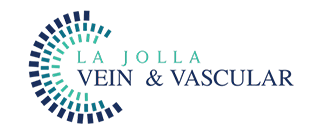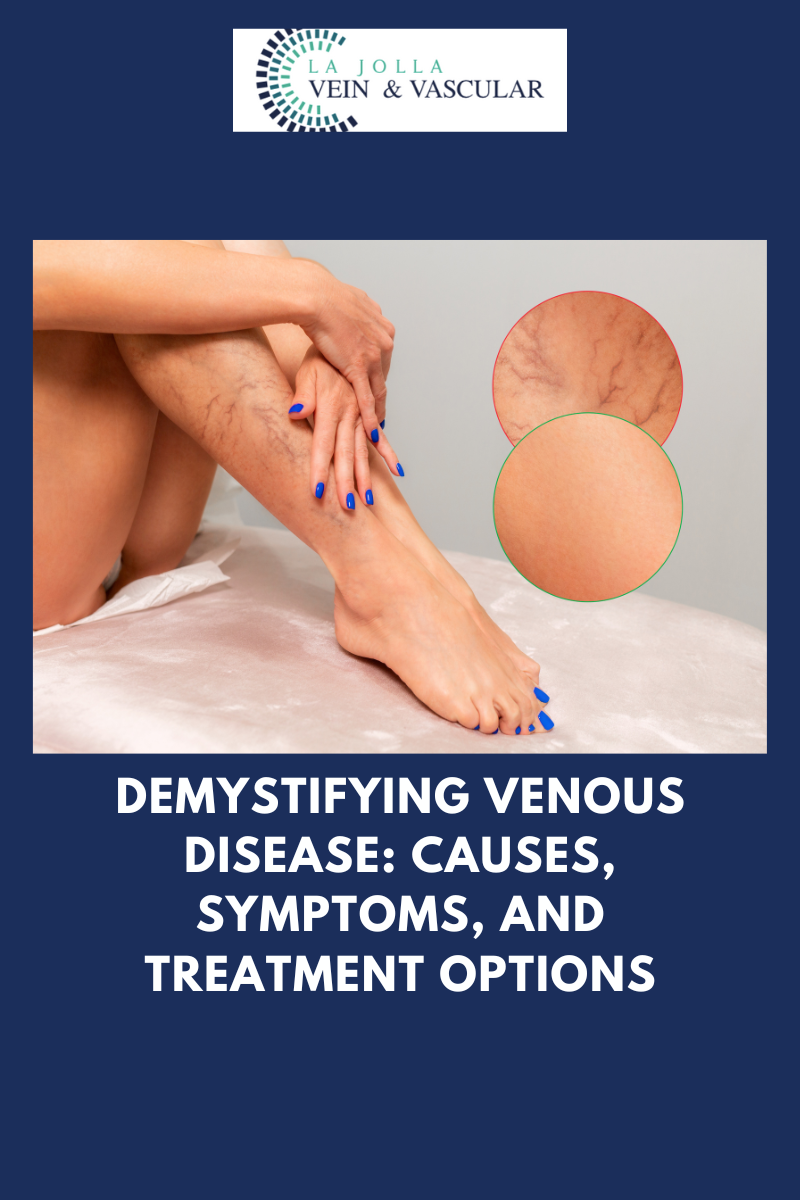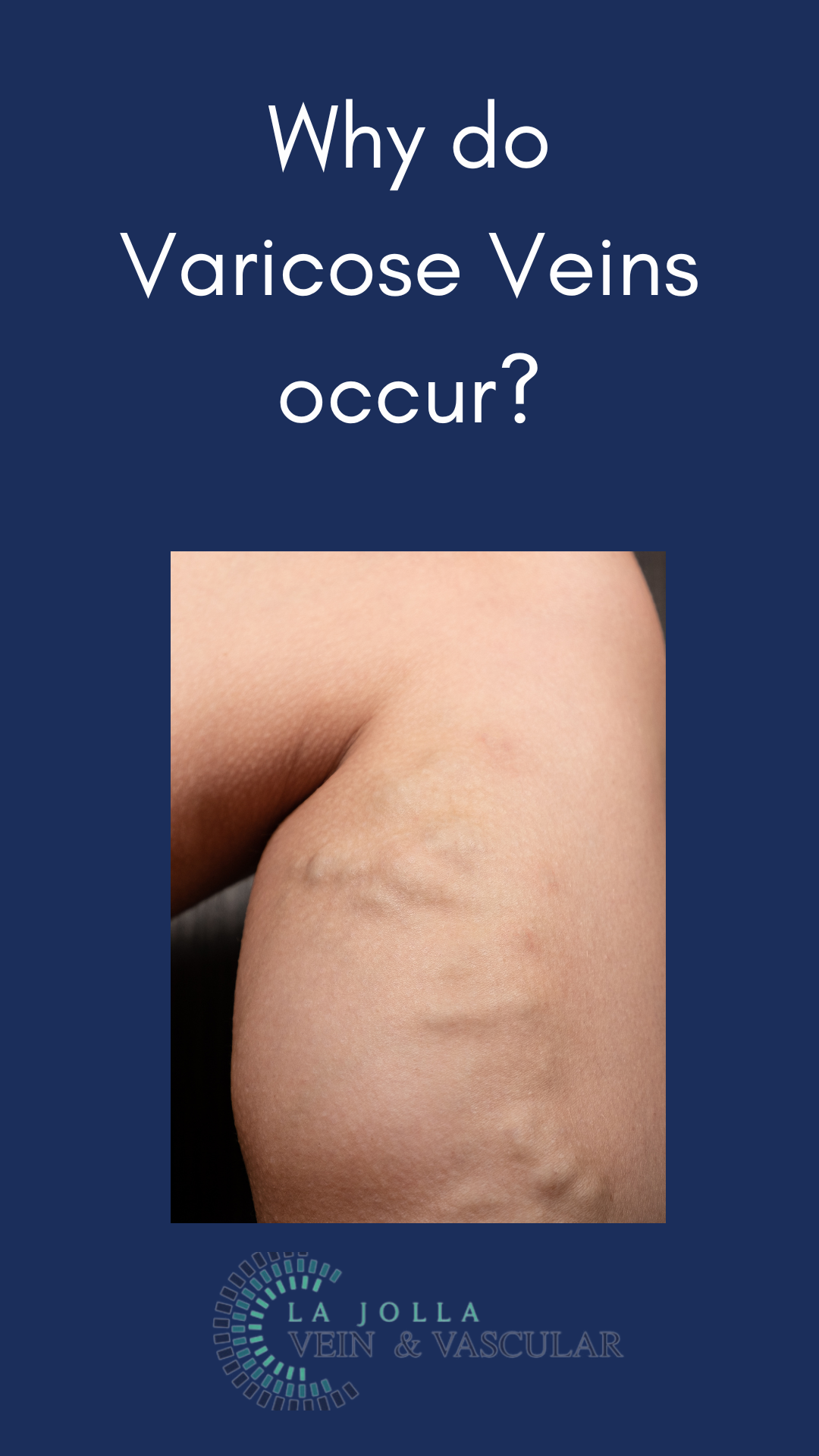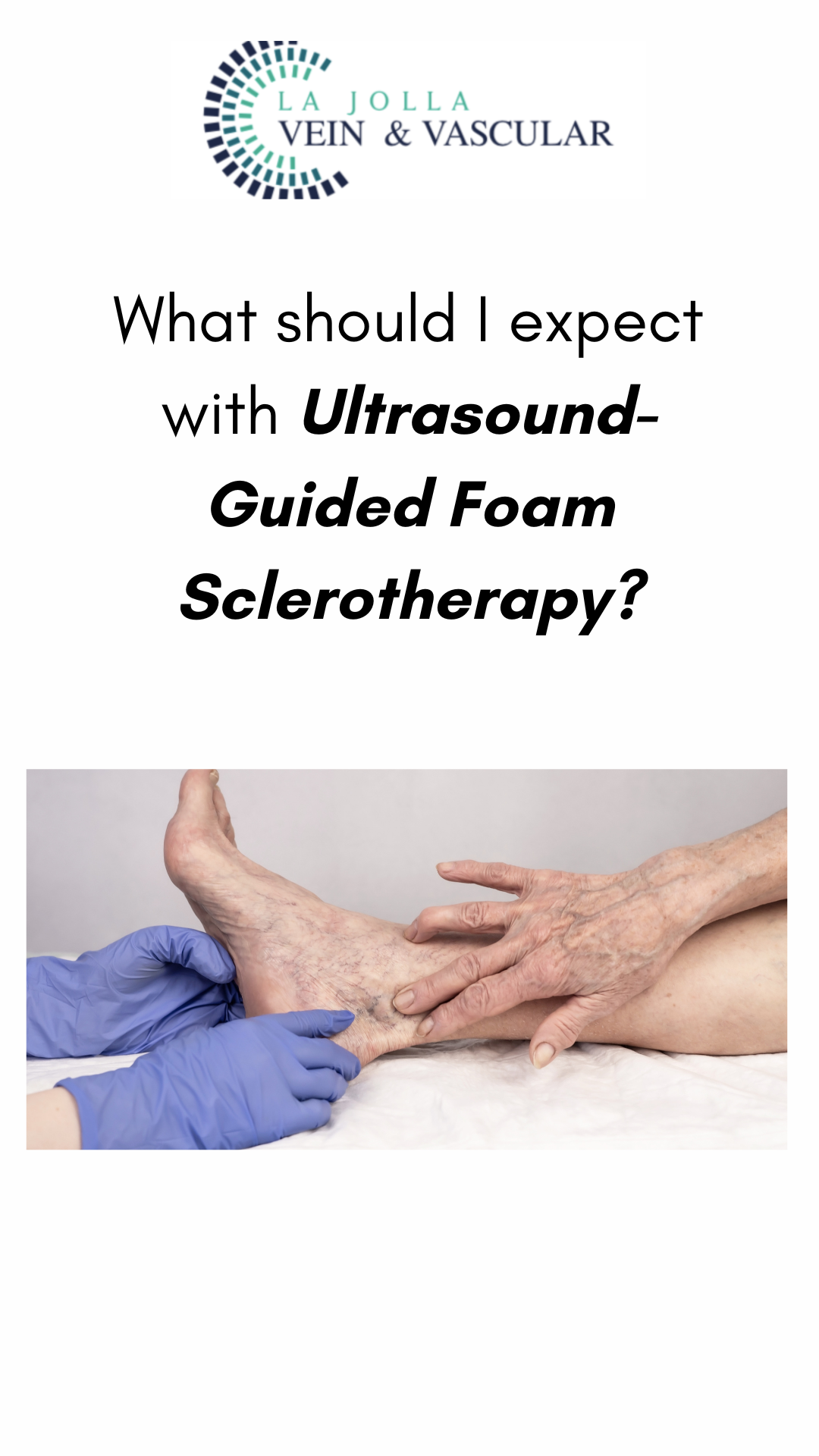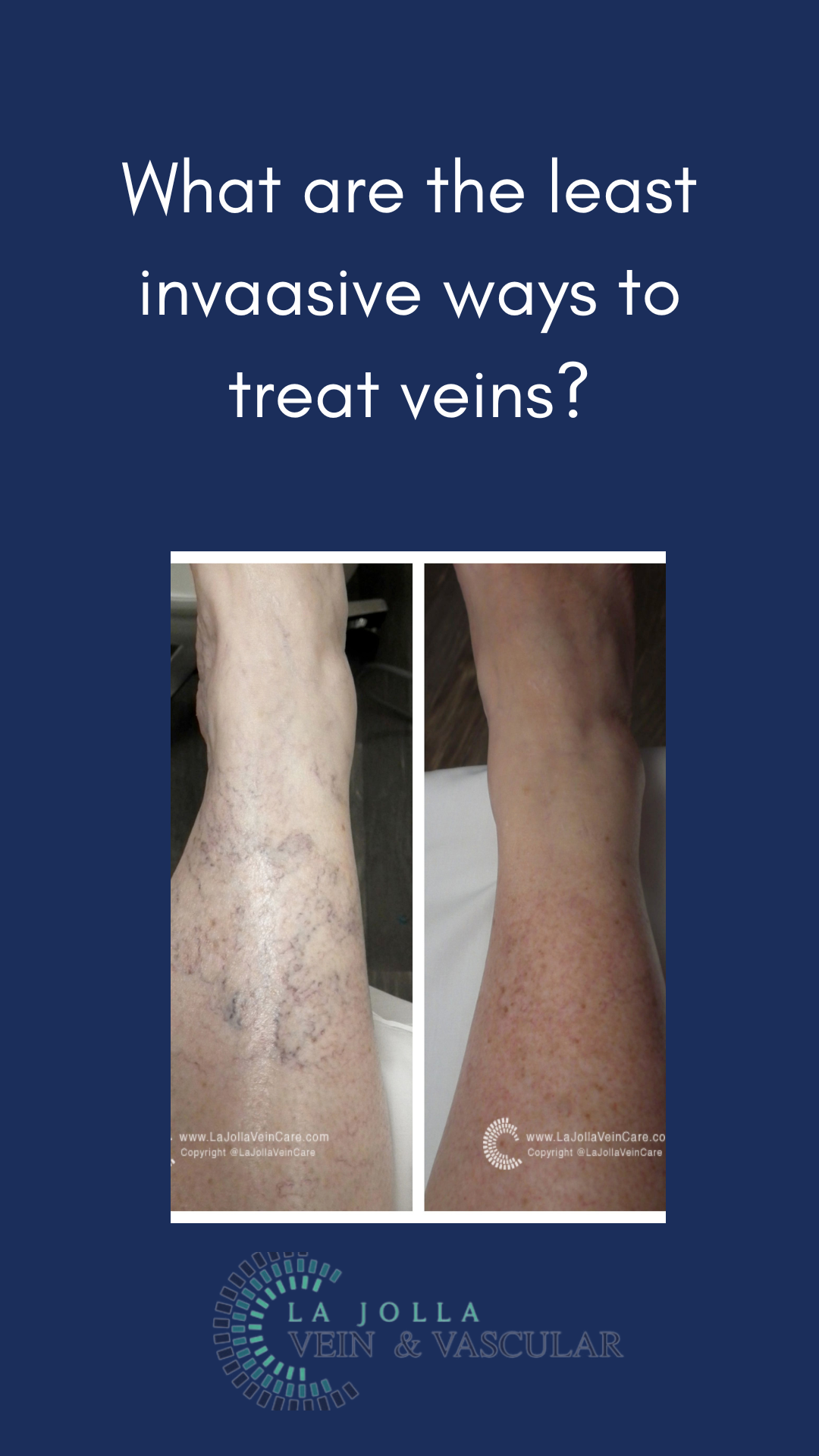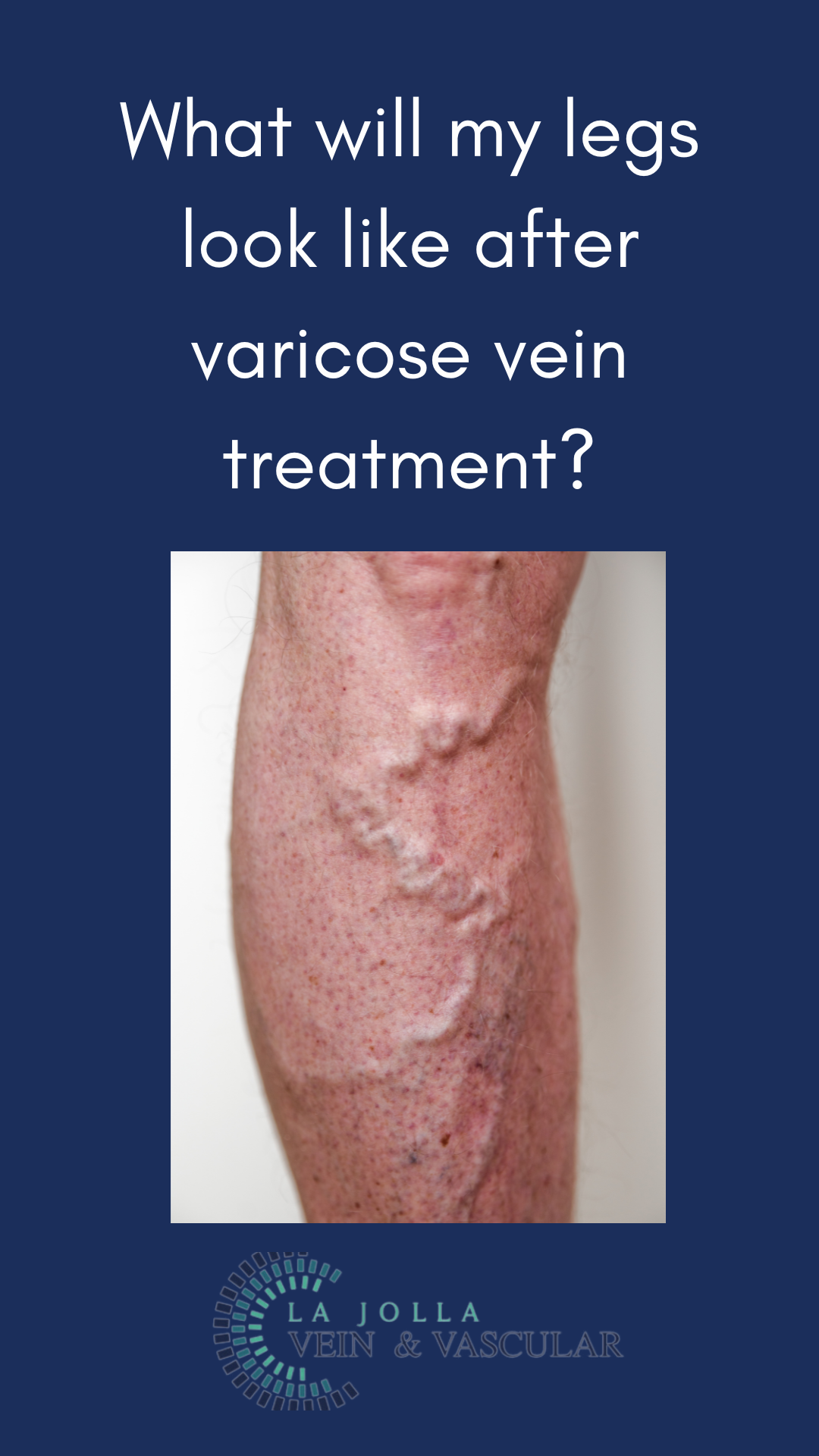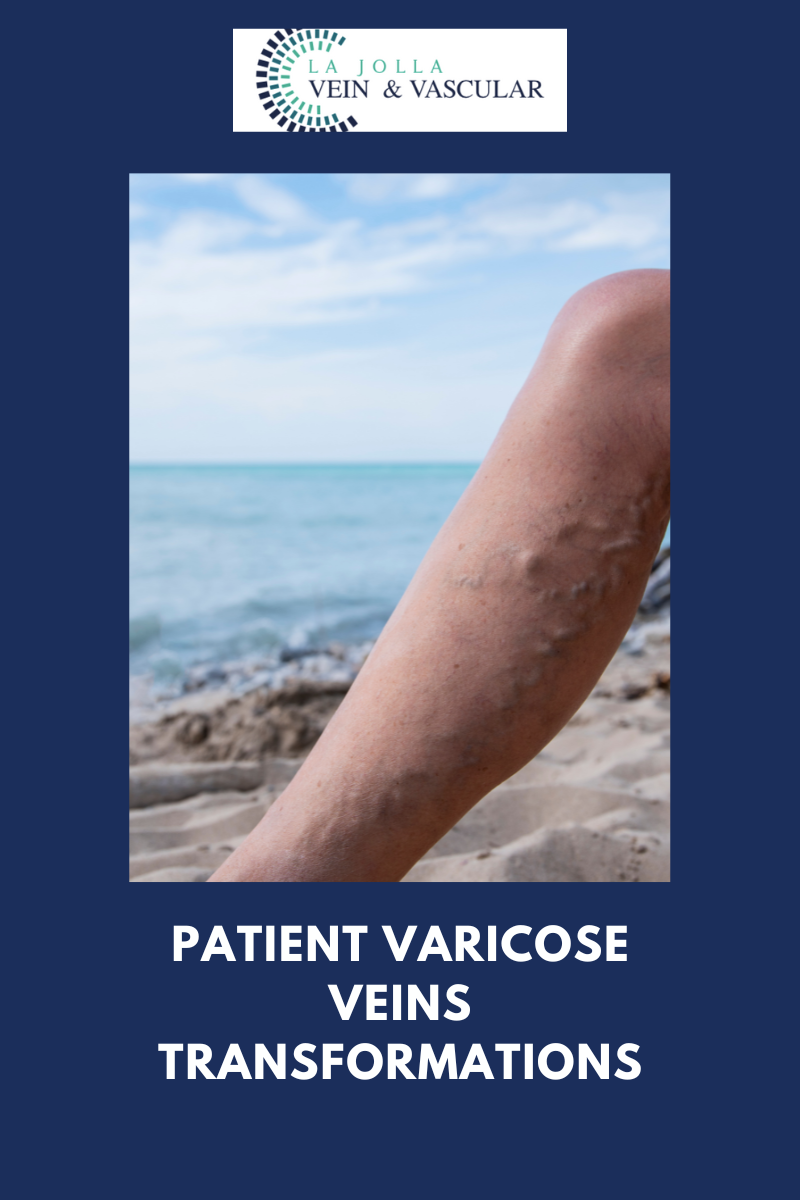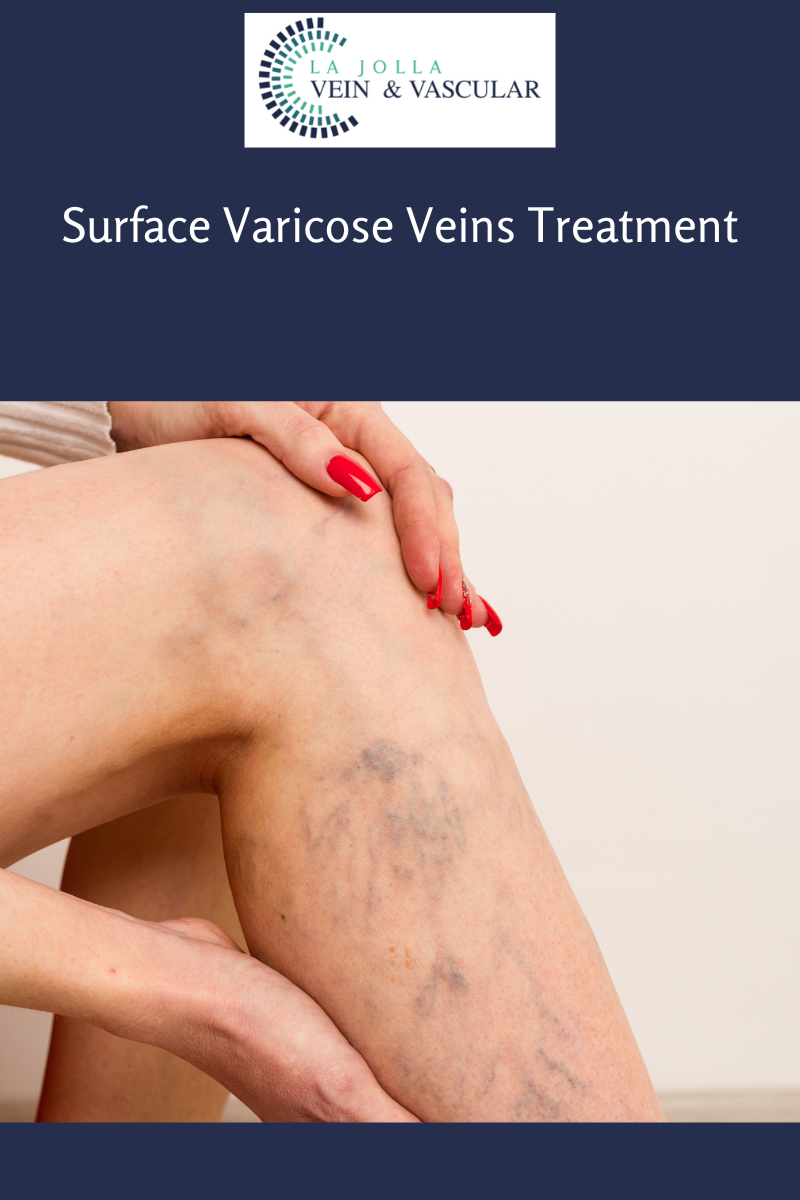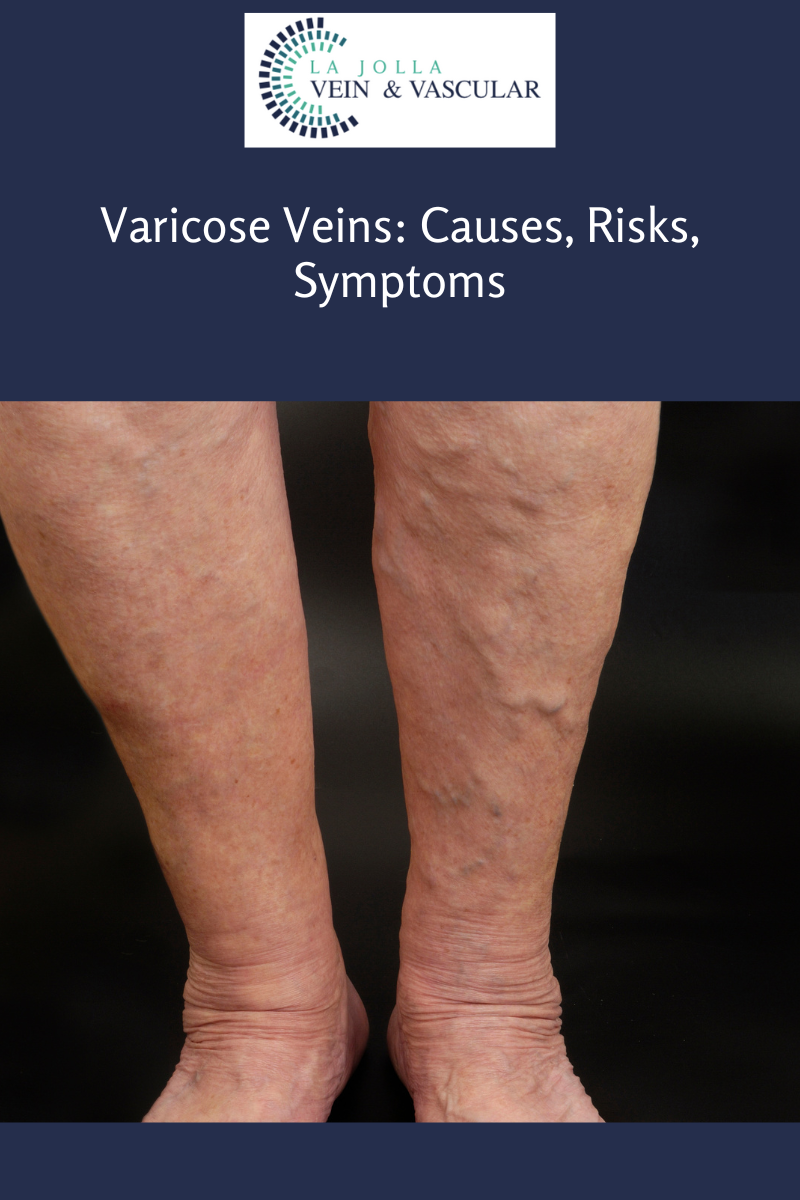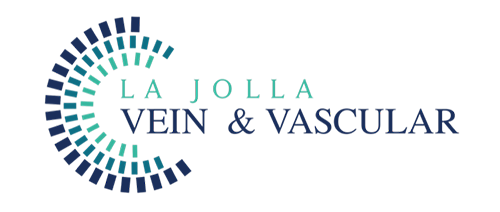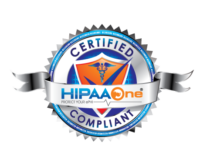Demystifying Venous Disease: Causes, Symptoms, and Treatment Options
LJVascular2024-10-23T20:18:37-07:00Demystifying Venous Disease: Causes, Symptoms, and Treatment Options for Lasting Relief
Venous reflux disease, also known as venous insufficiency or venous stasis, is a complex condition that impacts the veins in the legs, affecting blood flow and circulation. Understanding the causes, recognizing the symptoms, and knowing the treatment options can help you manage this condition […]
